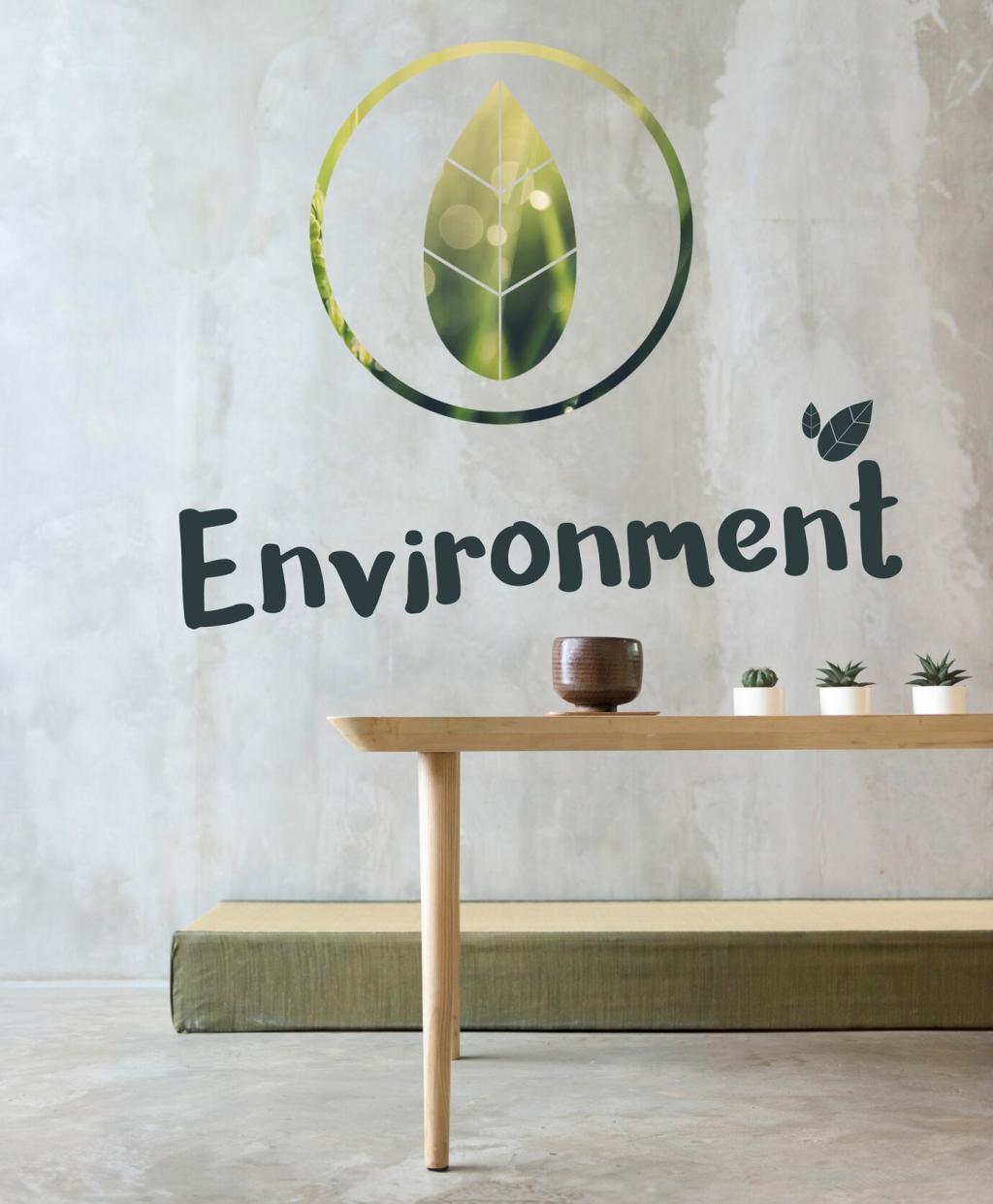Aesthetic Innovations in Sustainable Home Architecture
Aesthetic innovations are transforming sustainable home architecture, seamlessly blending visually compelling design with eco-friendly principles. This new wave of architecture ensures that sustainability does not equate to compromise in beauty or functionality. Through the thoughtful integration of materials, creative spatial solutions, and the harmony between built spaces and their natural environments, modern homes exemplify how style and environmental stewardship can coexist. Explore the multifaceted advancements that are redefining how we perceive and inhabit our living spaces.

Previous slide
Next slide
Revolutionary Eco-Materials
Engineered Timber and Bamboo
Engineered timber, such as cross-laminated timber, and rapidly renewable bamboo represent the forefront of sustainable materials in home construction. These alternatives to traditional cement and steel offer reduced embodied carbon, warm aesthetics, and remarkable structural capabilities. Their malleability allows for expressive, organic forms that would be challenging with conventional materials, enhancing both the strength and resonance of interior spaces while upholding eco-friendly credentials.
Recycled and Upcycled Surfaces
In the quest for unique finishes, architects are utilizing recycled metals, glass, and even reclaimed brick or wood. These materials tell a visual story of history and stewardship, while mitigating landfill waste and reducing extraction of new resources. Upcycled components often introduce texture and character that cannot be replicated by new products, giving homes a distinct personality that honors both past and future contexts.
Smart, Low-Impact Finishes
The application of smart finishes—such as low-VOC paints, ceramic coatings, and self-healing bio-plasters—demonstrates that sustainability extends beyond materials to thoughtful surface treatment. These advanced options enhance durability, promote healthier indoor air, and offer unexpected color palettes or tactile interest. By integrating such finishes, sustainable homes achieve long-lasting, visually engaging surfaces that support health and contribute to the overall narrative of environmental responsibility.
Innovative Spatial Concepts
Flexible Living Spaces
The concept of flexible space rises to prominence, allowing rooms to transform through movable partitions, sliding shelves, or multi-purpose furniture. Such adaptability addresses diverse household needs—from work to relaxation—without demanding excessive square footage. By enabling spaces to morph fluidly, architects reduce environmental impact and nurture a dynamic home environment, where form and function are equally prioritized and daily life can evolve effortlessly.
Compact and Vertical Design
Where land is limited, vertical architecture and compact layouts champion sustainable urban living. Designers employ lofts, mezzanines, and integrated storage solutions to create homes that feel spacious without sprawl. This vertical emphasis uses less land while maintaining comfort and aesthetic interest; soaring ceilings, stairway bookshelves, and stacked garden terraces become focal points, demonstrating how efficiency and visual vibrancy can go hand in hand.
Light Optimization Strategies
Natural light serves as both a functional necessity and an aesthetic asset. Innovative spatial arrangements focus on optimizing daylight through clerestory windows, skylights, and strategically placed apertures. Such design interventions reduce the need for artificial lighting, support seasonal mood improvements, and celebrate the daily journey of the sun through the house. The interplay of light and shadow enlivens interiors, contributing to a sense of vitality and architectural drama.

